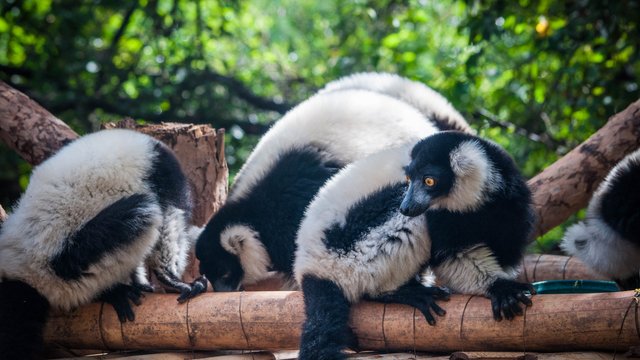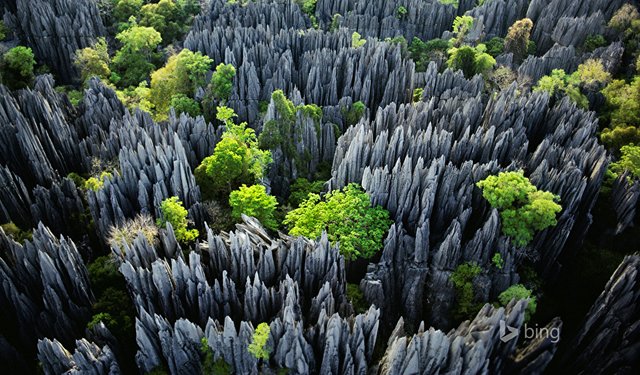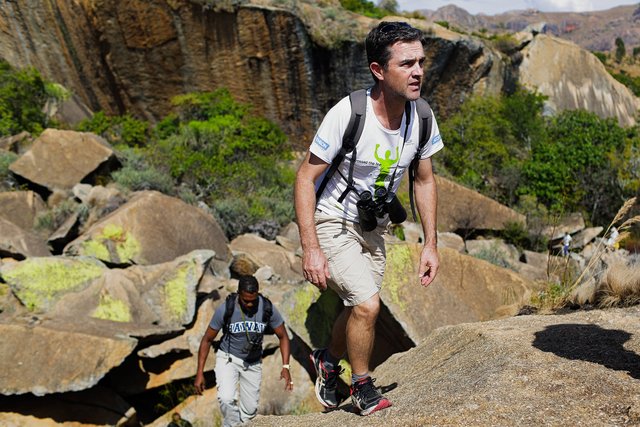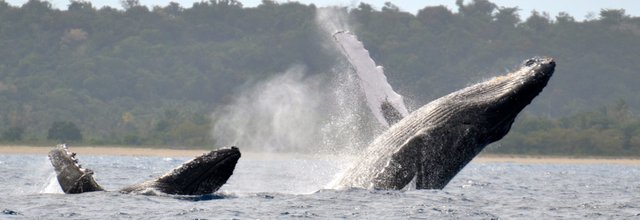Endemic animals
Madagascar was once part of the Gondwana Supercontinent however, the country broke away from Africa approximately 160 million years ago, then broke away from Antarctica, Australia and finally India. Despite staying geographically close to the African continent, Madagascar remained relatively isolated. As a result of this isolation, about 80% of the wildlife found on the island is found no where else in the world. The unique ecology of the country has led some ecologists to refer to Madagascar as the “eighth continent”.

As of 2012 there are 200 mammal species that include over 100 species of lemurs. Lemurs are synonymous with Madagascar yet almost all species are classified as rare, vulnerable or endangered. Lemurs are an old group of primates that evolved only in Madagascar as a result of its isolation. There were no monkeys on the island and as a result, Lemurs faced no competition. They soon came to dominate all of the rainforests. It was not until humans were introduced to Madagascar that Lemurs came under threat and it is estimated that at least fourteen species have become extinct since man arrived.
National parc
The Tsingy de Bemaraha National Park is a national park located in Melaky Region, northwest Madagascar. The national park centers on two geological formations: the Great Tsingy and the Little Tsingy. Together with the adjacent Tsingy de Bemaraha Strict Nature Reserve, the National Park is a UNESCO World Heritage Site.

A PASSION ISLAND
DISCOVER MADAGASCAR IN TREK OR HIKING
Among the most spectacular, you will find those that cross Cape Masaola, those that connect Lake Alaotra to the east coast or those that leave from the mazes of Makay (north of the Isalo range).
Mountain climbers will probably prefer the mountain treks that lead to the summit of Boby peak, or to that of Marojejy, between forest and mineral world. The simple hikes in Madagascar, for their part, are innumerable.
By following the circuits traced inside the national parks, you will fall under the spell of the most beautiful species of the Malagasy fauna and flora, often endemic of the island.

MEETING WITH THE WHALES OF MADAGASCAR
Every year from June to September, humpback whales migrate off the northeast coast of Madagascar to mate and give birth. You will be able to board in small groups, to observe these impressive marine mammals that arrive by the hundreds.
